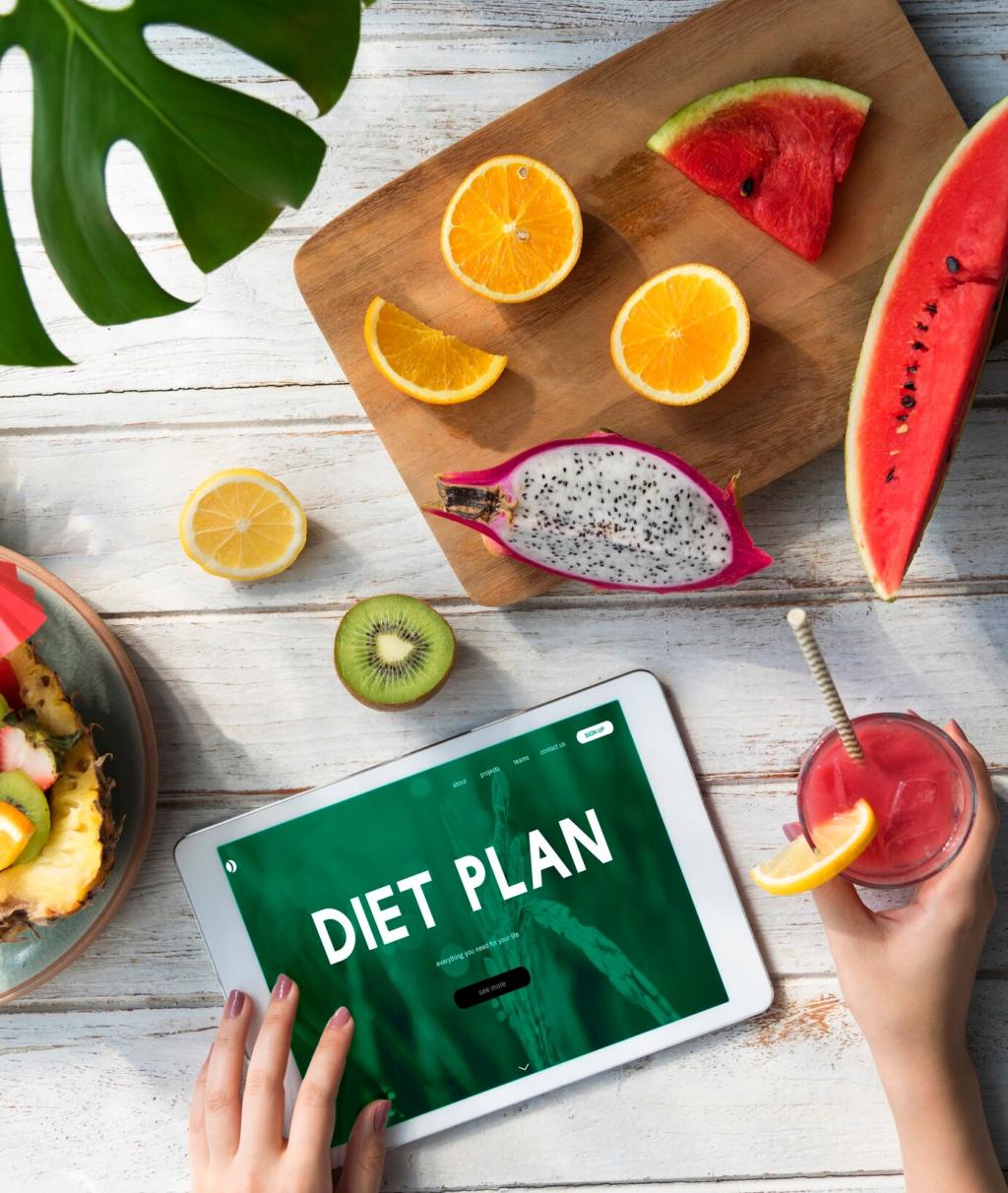Meal Planning Without the Stress
Choose two reliable dinners per week—like veggie stir-fry and baked salmon—and rotate sides. Anchors reduce decision fatigue while protecting variety. You’ll shop faster, cook quicker, and still feel interested when Wednesday night finally arrives.
Meal Planning Without the Stress
Batch-cook a grain, roast a tray of vegetables, and marinate a protein on Sunday. Mix and match through Thursday. Readers report calmer evenings and fewer takeout emergencies when even one component is ready to reheat and enjoy.







